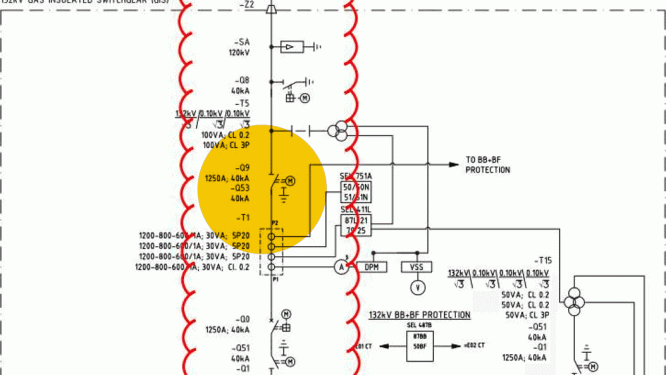Description
This course is dedicated to power engineers – students interested in learning power system reliability concepts. Furthermore, students will learn how to calculate different reliability indices for multiple hierarchical tiers of power systems. Upon completing the course, students will demonstrate proficiency in applying statistical probability distributions to address probability and reliability issues.
The course consists in 7 lectures and 4h 6m total duration. The purpose of an electric power system is to deliver electricity to its consumers efficiently while ensuring a reliable continuity and quality of service.
The responsibility for achieving economic efficiency is designated to system operators or competitive marketplaces, contingent upon the chosen industrial structure.
Nowadays, the power system is complex, extensively integrated, and very large. Fortunately, the system can be segmented into suitable subsystems or functional domains that may be studied independently. The functional areas include generation, transmission, and distribution.
Reliability studies are conducted both independently and in conjunction across the three domains. This course addresses the assessment of reliability in generation and distribution subsystems.
You will learn to manage reliability in your professional or educational pursuits. The course comprises 10 chapters that encompass all the specified learning outcomes.
The chapters are as follows:
- Introduction to reliability engineering.
- Basic concepts of reliability evaluation of power systems.
- Random variables and statistical probability distributions.
- Applications of the binomial distribution.
- Capacity Outage Probability Tables (COPT) and risk indices.
- Applications of the Poisson distribution.
- Applications of the exponential distribution.
- Reliability evaluation of simple series and parallel systems.
- Reliability evaluation of complex systems.
- Electric distribution system reliability analysis.
What you will learn?
- Stating the basic concepts of reliability engineering.
- Defining main terms such as reliability, availability, and maintainability.
- Stating the main requirements of power system reliability evaluation.
- Using various statistical probability distributions for various applications in power system reliability evaluation.
- Differentiating between the types of time-dependent failures.
- Evaluating the reliability of a group of power system components using the binomial distribution.
- Constructing the COPT and determining the risk indices.
- Estimating the probability of events using the Poisson distribution.
- Evaluating the reliability of simple and complex systems operating during the useful life phase.
- Stating the main reliability indices of electric distribution systems.
- Calculating distribution system reliability indices for sustained and momentary interruptions.


 Power System Analysis, Modelling, Load Flow and Fault Studies for True Engineers
Power System Analysis, Modelling, Load Flow and Fault Studies for True Engineers  Power System Analysis Course: The Essentials of Load Flow and Short Circuits
Power System Analysis Course: The Essentials of Load Flow and Short Circuits  Learn How to Operate and Analyze Interlocking Schemes for Substation & Gas Insulated Switchgear (GIS)
Learn How to Operate and Analyze Interlocking Schemes for Substation & Gas Insulated Switchgear (GIS)  Practical Course to Ring Main Unit and Medium Voltage Cables in Ring Power Distribution Systems
Practical Course to Ring Main Unit and Medium Voltage Cables in Ring Power Distribution Systems  Steady-State Performance and Stability Analysis of Electric Power Systems
Steady-State Performance and Stability Analysis of Electric Power Systems 



Reviews
There are no reviews yet.